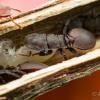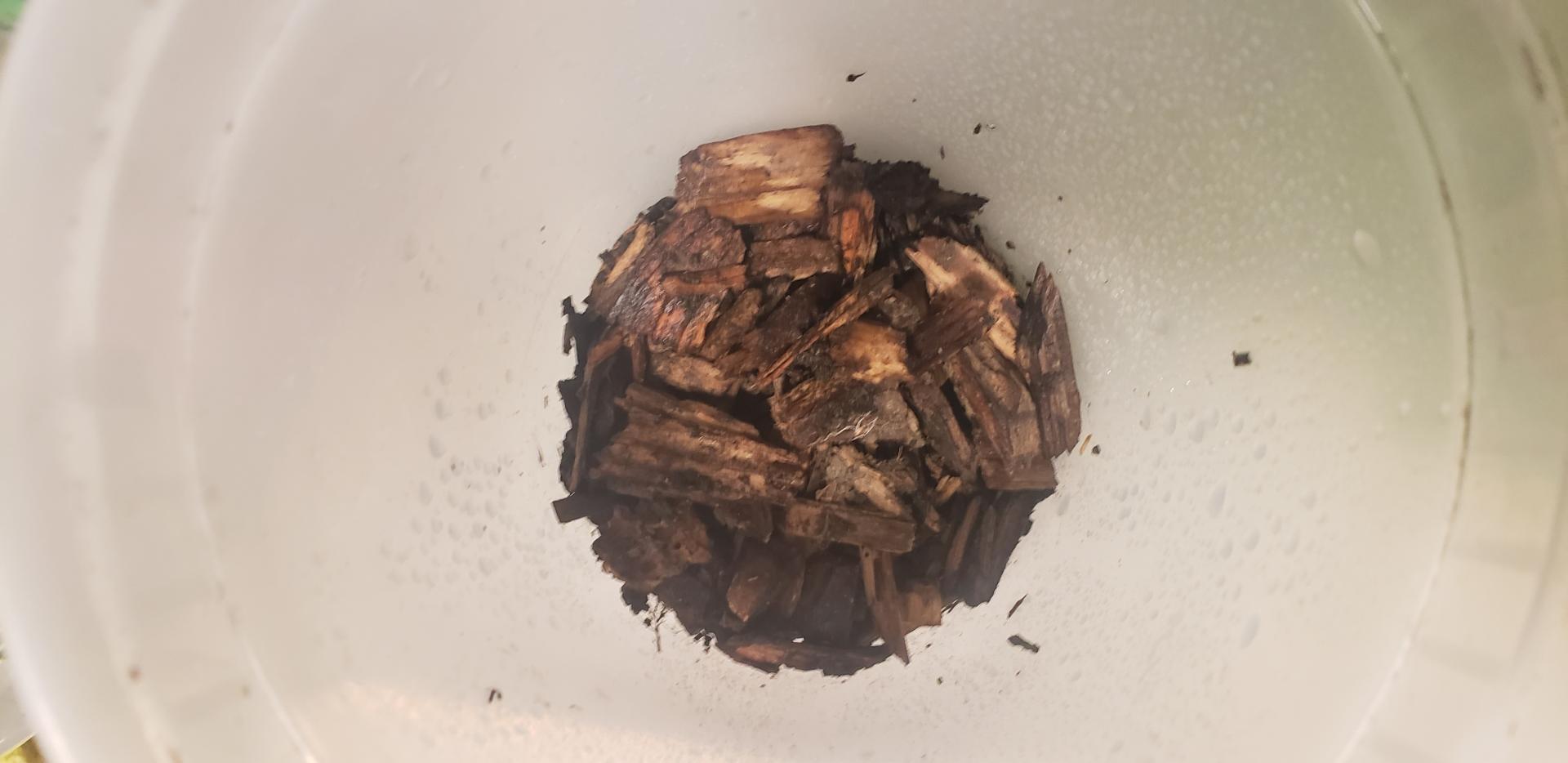When they fly depends on your area and the species. There aren't a wide variety of termite species in the States (at least recognized because it's a very under studied topic and they look very similar and are subterranean mostly). Most termites fly in May-July, especially in the genus Reticulitermes. But there's some invasive populations of the very cool Nasutitermes in Southern Texas, and other various species of drywood termites of the west that fly in August and September. The best way to know when they fly is to observe a wild colony, just like you would with ants.
Now for determining the difference between a queen and king, that also depends on the species. You really have to know your species very well to determine sex, some have different number of plates on their thorax, while others are so similar that it's recognized by behavior. Also, in the genus Reticulitermes, the queens can clone themselves to create their workers/soldiers etc. albeit a lot slower than a mating couple. Also, there isn't a lot of good websites for learning about termites and their identification so I'd start with learning their genera and learning about what their name means in Latin (this also helps with ants!!)
**edit
There really is no mainstream Formicarium build for termites yet except the termitat and those are very pricey. What I do is I make an open plaster nest with large chambers that are natural for the species I'm keeping and fill it with cellulose powder. Then put them in and boom, just water it and you've got all you need for a pretty long time! Especially since plaster nests hold water longer. (I also boil plaster and the container in hot water to kill everything before putting it together to help prevent mold growth)
Edited by VenomousBeast, June 7 2022 - 3:07 AM.

















